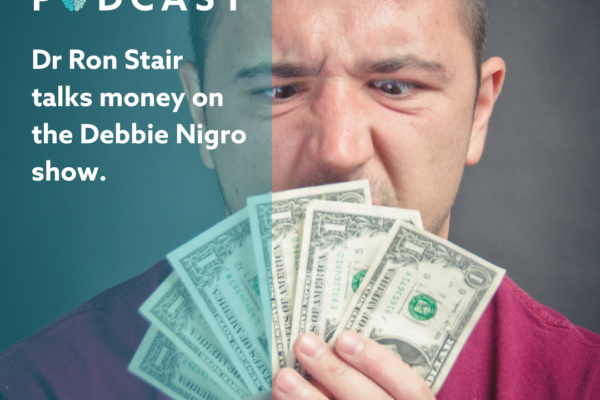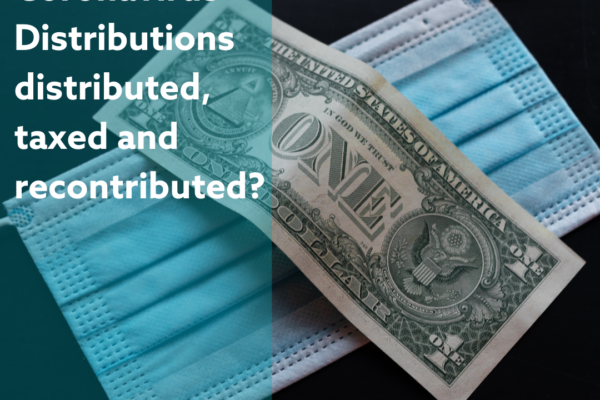Owner-only plans and small employer plans. To SEP or not to SEP,
As an owner only business you might think your options for a pension plan are limited to an SEP, but you’d be wrong. In fact, there are quite a few options available to you that provide improved benefits over a SEP. Such as larger contributions, the ability to borrow from your retirement fund, expanded investment options such as real estate, etc.. . That’s not to say there isn’t a place for a traditional SEP, but it’s often presented to small business owners as their best (only) option.
Should you have employees, the cost for the contribution to SEP can be quite high as all employees earning over $600 will eventually need to be covered and they must receive the same % of pay as the owner. For example, assuming the owner is at the maximum compensation of $285,000 and they would like to make the maximum contribution of $57,000, the contribution rate is 20% of pay ($57,000/$285,000=20%). The employer would also need to make a 20% of pay contribution for any eligible employee earning over $600. In essence if the employer has apart time employee earning $10,000, their contribution would be $2,000 ($20%*$10,000.) In most cases, at such a large contribution rate for the employee, , many employers will forgo the contribution and thus end up saving nothing for their retirement. Fortunately, there are other qualified retirement plan alternatives which would both, exclude part time employees from the plan as well as produce a smaller contribution for the employee (in some cases 5% of pay) while allowing the owner to contribute the maximum amount of $57,000.
Defined Benefit Plans
One of the biggest worries about retirement is having a plan that provides enough income to live on. A DB Plan might be the right option if you are older, are playing a bit of catch up with your retirement savings and want to contribution more than the maximum amount allowed in a SEP or Profit Sharing Plan ($57,000). For example, an 45 year old owner earning at least $225,000 would be able to contribution approximately $120,000 to a defined benefit plan rather than the SEP or Profit Sharing limit of $57,000
Solo 401k Plans and 401(k) Plan for small employers (Traditional Pre-Tax & Roth deferrals)
You might think your business is too small to have a functioning 401k plan, but you’d be wrong. Owner only 401k, plans that include your spouse, as well as plans for firms with as little as one full time employee are available to you right now. These offer many advantages over the traditional SEP plans that has become the mainstay plan for owner only and small businesses. Some advantages are reduced employee contributions, wider investment options, participant loans, etc..) You have choices!
Named after section 401(k) of the Internal Revenue Code, a 401(k) is an employer-sponsored profit-sharing plan. To contribute to a 401(k), you/your employees designate a portion of each paycheck to divert into the plan. There can also be additional “retirement buckets” incorporated into the plan such as an employer match provision, employer safe harbor or employer discretionary provision added to the plan to help you save more for your retirement.
With a traditional 401(k) salary deferrals, these contributions occur before income taxes are deducted from your paycheck. While ROTH 401(k) deferrals are deducted after income taxes are deducted from your paycheck. Upon retirement, withdrawals of the traditional 401(k) contributions are fully taxable (deferrals plus earnings) whereas a ROTH distribution in most cases are totally tax free at retirement (i.e.: you would not pay income tax on the earnings)
The investment options among different 401(k) plans can vary tremendously, depending on whether it is an owner owner/spouse only plan or plan with non owner participants. For owner only/owner spouse only plans, normally the owner works with an investment advisor to establish individual “fbo” accounts. The investment options in these types of plan is quite wide as the owner does not have fiduciary liability for the investment selections of the non owner employees. For plans where non owner employees are participants, the employer, with the guidance of an investment advisor, will select a menu of funds to choose from which comply with IRS and DOL standards. Nevertheless, no matter which fund (or funds) you choose, any investment gains realized within the plan are not taxed by the Internal Revenue Service (IRS) while still in the Plan.
What is a ROTH plan?
A variation of traditional individual retirement accounts (IRAs), a Roth IRA is set up directly between an individual and an investment firm. Your employer is not involved
As you set up and control the account, your investment choices aren’t limited to what the plan provider offers. This gives IRA holders a greater degree of investment freedom than employees have with 401(k) plans, even though the fees charged by those providers are typically higher.
In contrast to the 401(k), after-tax money is used to fund a Roth IRA. As a result, no income taxes are levied on withdrawals during retirement. While in the account, any investment gains are untaxed.
Non-Qualified Deferred Plans
A non-qualified, deferred compensation (NQDC) plan allows you to earn wages, bonuses, or other compensation in one year but receive the earnings—and defer the income tax on them—in a later year, or when you retire. Doing this provides income in the future (often after you’ve retired) and may reduce the tax payable on the income.
Conclusion
If you have an SEP it might be worth reviewing your options in order to assess if there is a better way to maximize your retirement investment. It may be possible to contribute more than you currently are , reduce the cost for your employees, gain access to a wider variety of investments, borrow from yourself and provide a more optimal tax situation when you want to retire.
Whether or not you decide to change plans, it’s important to review your plan regularly. Retirement is calling; don’t get caught out with a badly designed plan.










Recent Comments